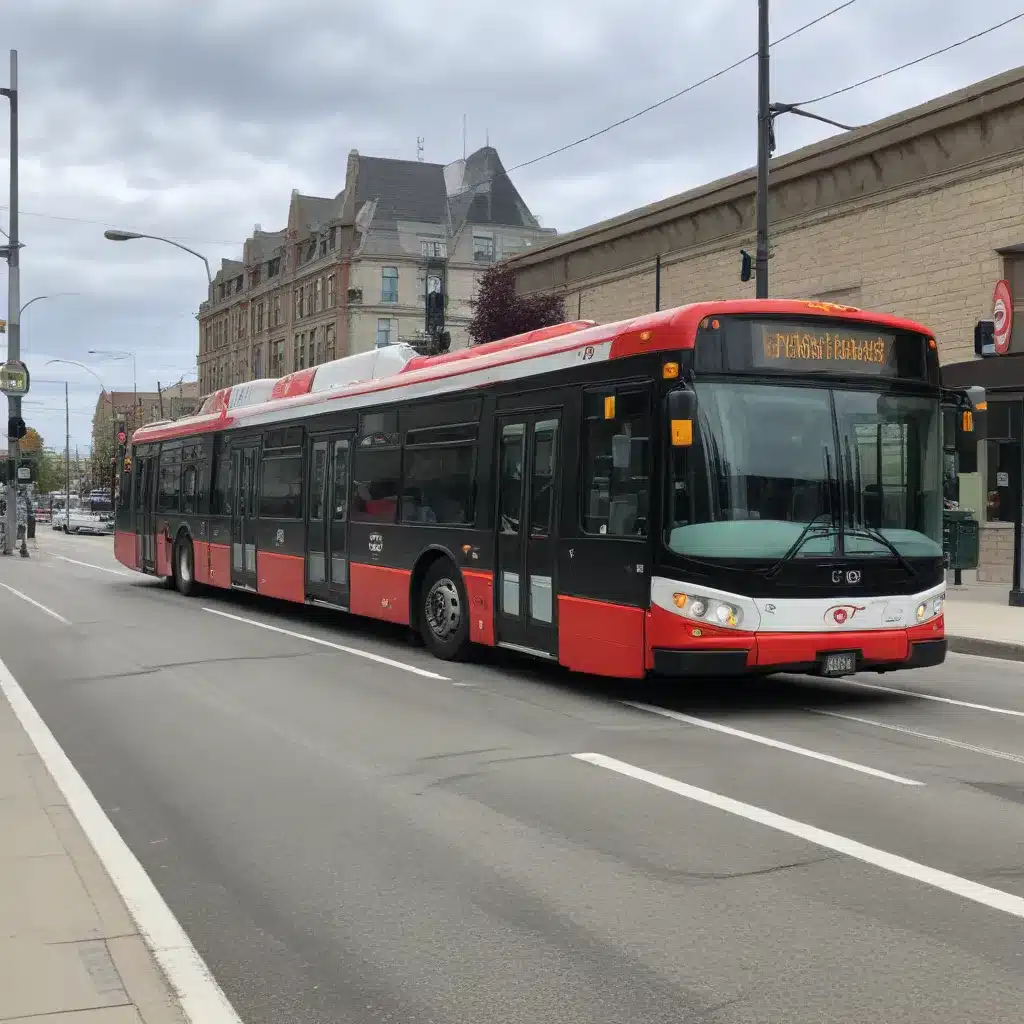
Dwindling Budgets and Reduced Service Threaten to Push Riders Away from Public Transit
The city of Ottawa is facing a troubling trend of service cuts and financial challenges within its public transit system, OC Transpo. Transit advocates and community organizations have raised concerns over a pattern of decreasing bus service and reduced light rail transit (LRT) frequency, warning that these decisions could lead to a “death spiral” for the system.
Cuts to Bus Service and LRT Frequency
In August 2023, OC Transpo announced plans to reduce the frequency of trains on the Confederation Line (Line 1) during off-peak hours, running them every 10 minutes instead of the previous 5-minute intervals. This adjustment is set to take effect just before the return of university students and public servants to offices, a time when ridership would typically increase.
OC Transpo justified the service reduction by claiming it would “better reflect current demand and travel patterns.” However, critics argue that this approach is flawed, as it fails to account for the fundamental principle that improving public transit service will ultimately increase ridership.
“They talk about it as though ridership is an independent variable,” said Nick Grover, an executive member of the advocacy group Free Transit Ottawa. “If you make it crappy, they won’t.”
The recent cuts come on the heels of other reductions, including the removal of 117 buses in poor condition without replacement and a planned 3.5% decrease in bus service hours for 2024, amounting to 74,000 fewer service hours.
Deficits and Financial Challenges
OC Transpo’s financial situation has also been a significant concern, with the agency projecting a $49.8 million deficit for 2024, nearly 70% more than the $29.3 million deficit reported in 2023. This shortfall is primarily attributed to persistently low ridership levels following the COVID-19 pandemic.
In response to these financial pressures, the city is considering a 2.5% increase in transit fares and the transit levy in 2024, further burdening riders. The proposed fare hike and potential cuts to bus routes have sparked fears of a “death spiral” for the public transit system, as riders may be pushed away by worsening service and higher costs.
“If you decrease service, fewer people are going to take the system because it is going to get worse,” said Sam Hersh of the advocacy group Horizon Ottawa. “It is a vicious cycle.”
Impacts on Commuters and Vulnerable Populations
The service cuts and financial decisions by OC Transpo and the City of Ottawa have significant implications for various commuters, including students, workers with non-traditional schedules, and lower-income residents who rely on public transit.
Ayesha Khan, a fourth-year student at Carleton University who lives in Orléans, is concerned about the potential impact of higher fares on her already lengthy commute, which can take up to an hour and a half each way.
“I don’t think we should have to pay an extra amount to get on the bus,” Khan said. “The city needs to fix where it’s putting its money and focus on these everyday resources that people use.”
The changes also fail to consider the needs of office workers with varied schedules, as well as the thousands of students and residents who rely on public transit during the 9 a.m. to 3 p.m. period targeted for service reductions.
Calls for Investment and Advocacy
Transit advocates and community organizations have urged the City of Ottawa to take a different approach, one that focuses on investing in public transit to encourage ridership rather than cutting service to match current demand.
“If by the end of the day, we are only saving $1.6 million on this out of a $4.5 billion budget, that is nothing,” Hersh said. “We are putting a lot of short-term gain for a lot of long-term pain.”
The transit union, the Canadian Association of Professional Employees, and other stakeholders have echoed these concerns, warning that the proposed changes will make it more challenging for transit workers to provide the services that the public needs.
As the City of Ottawa deliberates on the 2024 transit budget and beyond, transit advocates are calling for consistent operational funding, reliable service, and continued expansion of the public transit system. They argue that a shift in policy decisions, rather than simply reacting to decreasing ridership, is necessary to revitalize Ottawa’s public transit and prevent a downward spiral.
“We have a bad public transit trend in the city because of policy decisions, not because it is just a natural cause,” Hersh said. “Cities like Montreal, Edmonton, and Toronto have improved public transit by investing in the system, and that’s what Ottawa needs to do.”
Conclusion: The Path Forward for Sustainable Public Transit in Ottawa
The challenges facing OC Transpo and the City of Ottawa’s public transit system are complex, but the solution lies in a long-term, strategic approach that prioritizes investment, reliability, and accessibility. By listening to the concerns of transit advocates, commuters, and vulnerable populations, the city can develop a plan that not only addresses the current financial pressures but also lays the foundation for a thriving, sustainable public transit system that serves the needs of all Ottawa residents.
As the city navigates these decisions, the Joint Action for Water blog will continue to follow the progress and advocate for equitable, environmentally-conscious solutions that put the community’s wellbeing first. Visit our homepage to stay informed on the latest developments and join the movement for accessible, efficient public transit in Ottawa.

